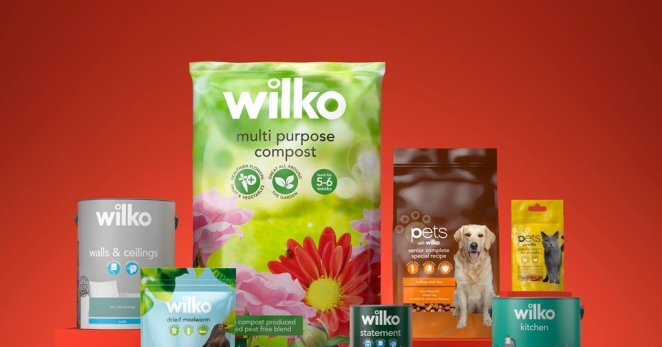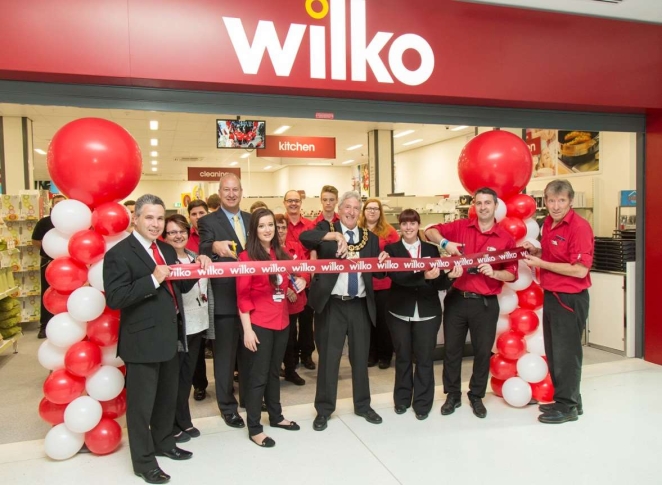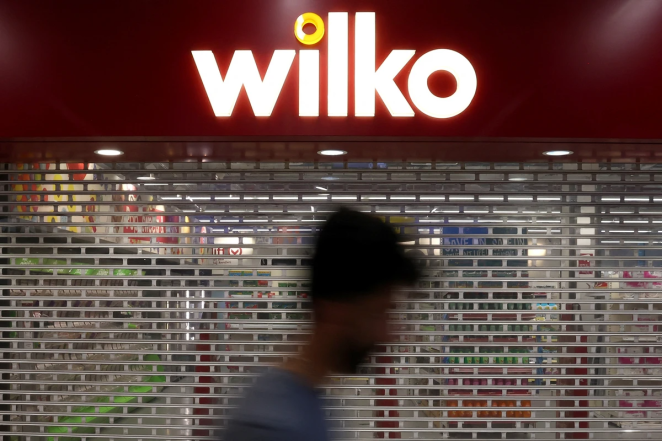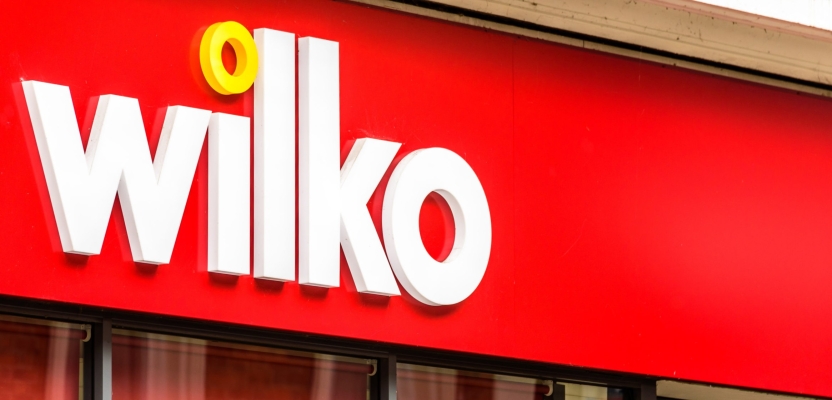The recent news that prominent discount high street retailer Wilko has been plunged into administration sparked a flurry of conversations about not only its own misfortune but the future of the UK high street in general.
While external pressures such as inflation, Brexit, and the general economic squeeze undeniably played their part though, the main issue might lie with the brand’s flawed marketing approach.
A look into the history of Wilko reveals its steady journey since the 1930s, with the founding Wilkinsons family at its helm. The absence of external shareholders might have provided autonomy but could also have contributed to a lack of corrective course actions at pivotal moments. Such autonomy is a double-edged sword, as a closer governance might have highlighted the signs of decay in their marketing strategy.

When breaking down the marketing challenges Wilko faced, the renowned 4Ps of marketing provide a pretty compelling lens:
Product
Over time, Wilko lost its unique selling proposition. Instead of being the trusted, value-for-money retailer for hardworking families, it became one among many, with products available elsewhere, stripping it of differentiation in the saturated discount market.
Place
Most of Wilko's outlets were located in high streets and shopping centres, areas that have seen a significant decline in footfall post-Covid. In contrast, competitors like B&M, with out-of-town locations and convenient parking, flourished.
Price
While Wilko grappled with supply chain disruptions and external events like the Suez Canal blockade, its competitors built diverse supplier networks and strong brand affiliations. This situation left Wilko struggling to match on price or variety.
Promotion
With the prior three Ps out of alignment, Wilko’s promotional efforts struggled to carve out a unique space. The campaigns often leaned on price, without establishing a distinctive brand identity, resulting in underwhelming outcomes.
Too little too late
Despite these challenges, data from YouGov indicated that Wilko's brand perception remained relatively stable. The issue wasn't about brand recognition but about creating a cultural space.
Modern retailers, to stay relevant, need to rise beyond being mere 'traders' and establish themselves as brands. Wilko’s identity grew hazy over time, making it challenging to communicate a clear brand message on a large scale, rendering its marketing efforts ineffective.

The challenges brought about by the cost-of-living crisis presented an opportunity for discount retailers. Yet, while rivals thrived, Wilko’s unclear strategy meant it often stumbled, leading to visible stock deficiencies in stores.
Recent attempts to modernize included a push towards an omnichannel model, introducing a free click-and-collect service, and reinvesting in TV advertising. But even with these steps, their marketing lacked a strong creative direction, failing to set the brand apart in a meaningful way.
Expert opinions
Tom Moore, of VMLY&R, points out that while there was genuine affection for the brand, Wilko failed to offer a compelling in-store experience. To truly attract customers, retailers either have to offer value with ease or an engaging discovery experience. Had Wilko strategically combined personalization with tech-driven experiences, it might have seen different results.
Julie Oxberry of Household, meanwhile, highlights that competition from value-based chains, coupled with an inability to compete with lifestyle-focused retailers like Ikea, accelerated Wilko's challenges. The answer might have been in redefining its brand, enhancing the integration of its online and offline realms, and amplifying its digital marketing outreach.
The death of the high street

The downfall of Wilko stands as a testament to the ever-evolving retail landscape. It underscores the need for clear brand identity, adaptability, and a keen understanding of the target audience's desires. As the retail sector continues to evolve, the lesson from Wilko’s journey serves as a beacon for others, signalling the need to continually reinvent and stay attuned to market shifts.





Andy Norton August 20th, 2023, in the afternoon
These are some valid points into Wilko's downfall. When I worked for a rival store recently, their nearby Wilko had a lot of empty shelving, and had their lottery machine removed, which meant that store I worked for got plenty of business for its lottery kiosk.